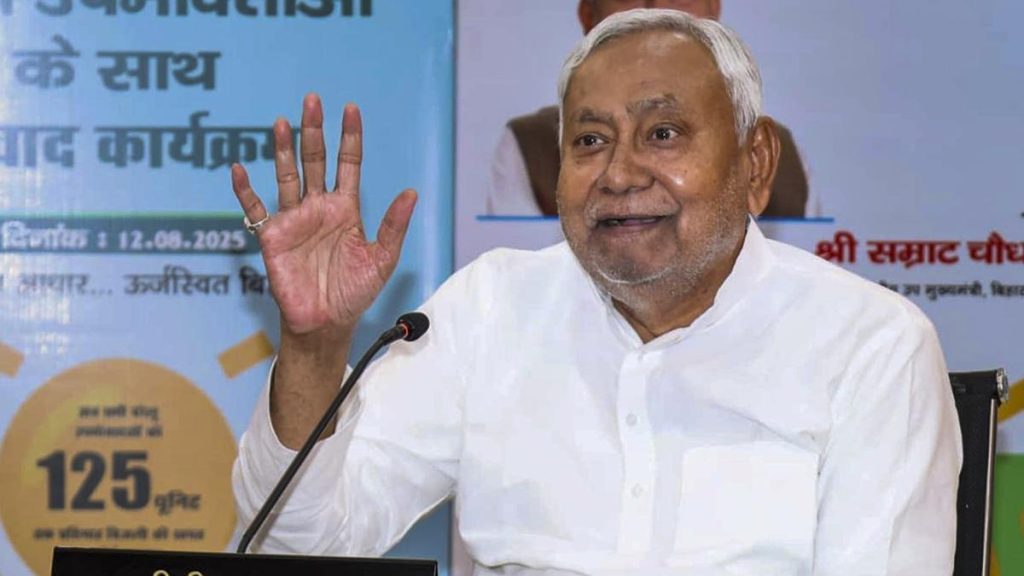Now Reading: Andhra Pradesh Reservoirs Reach 78% Capacity
-
01
Andhra Pradesh Reservoirs Reach 78% Capacity
Andhra Pradesh Reservoirs Reach 78% Capacity
Swift Summary:
- Reservoir levels in Andhra Pradesh are at 78.23% of total capacity, considerably higher than last year’s 67.29%.
- Total gross reservoir capacity at Full Reservoir Level (FRL) is 1,000.07 tmc ft; current storage stands at 782.40 tmc ft.
- Krishna basin storage dominates with 561.88 tmc ft (95.29% capacity), leaving minimal flood cushion space (27.79 tmc ft).
- The Godavari system has controlled releases, including Sir Arthur Cotton Barrage releasing inflows downstream.
- Major reservoirs like Srisailam (93.62%), Nagarjuna Sagar (98.95%), and Pulichinthala are almost full, releasing high volumes of water into rivers.
- Drinking water supply and industrial needs are being managed from reservoirs like Yeleru in Kakinada.
- Flood regulation measures include coordination for Krishna and Godavari basins; control rooms remain active to address potential risks from swollen rivers during heavy rains.
Indian Opinion Analysis:
The near-full reservoir levels in Andhra Pradesh underscore the benefits of sustained monsoon flows but also pose challenges related to flood management and resource optimization amid limited buffer room in key basins like Krishna projects. With some reservoirs nearing full capacity and releasing large volumes of water downstream, flood safety precautions have become critical for affected communities.
While the higher-than-usual storage provides opportunities for optimizing irrigation and drinking water needs across regions, it also demands close monitoring of hydrological patterns as upstream rainfall could further saturate dams lacking adequate cushion space. The state’s strategic efforts to regulate inflows while considering surplus diversion point toward pragmatic resource management that balances immediate safety concerns with long-term utility.
Read More: The Hindu

























